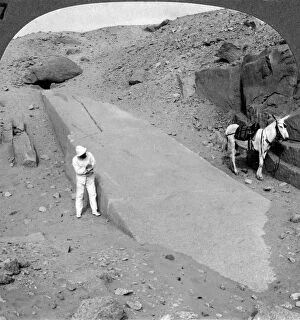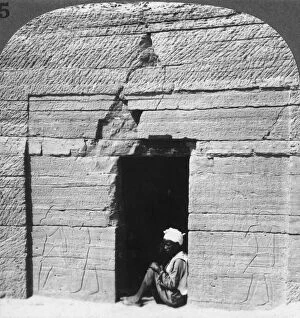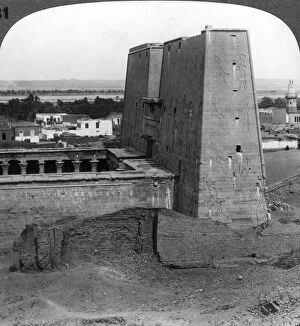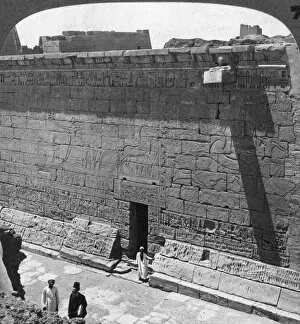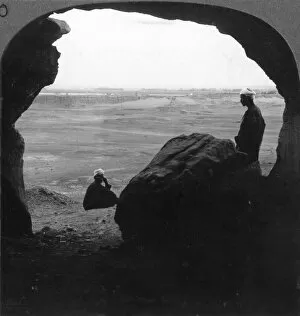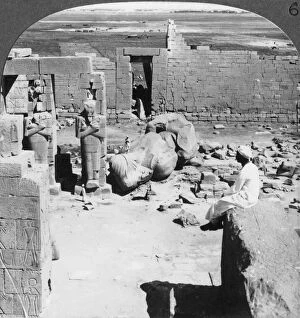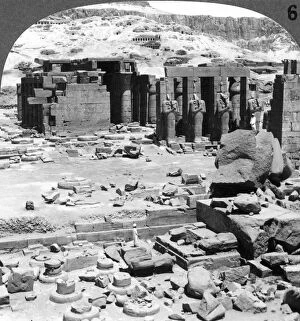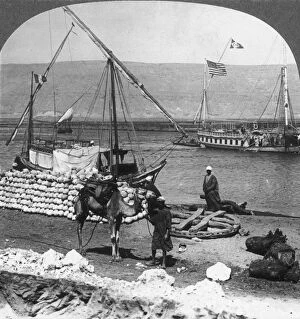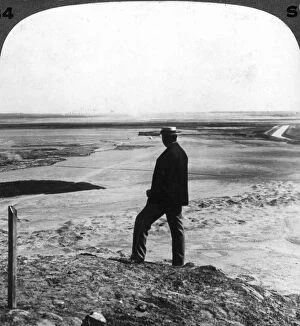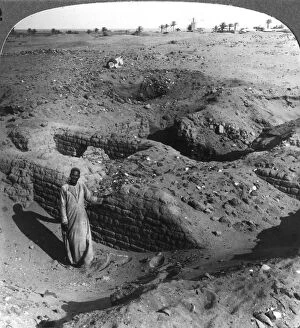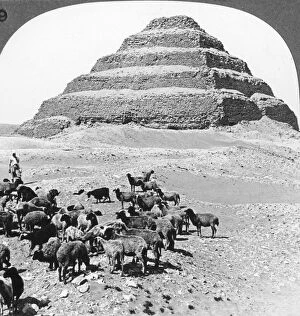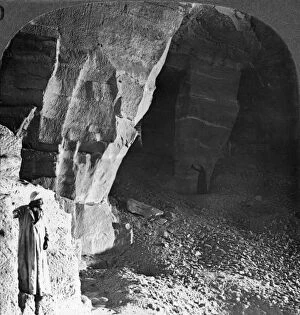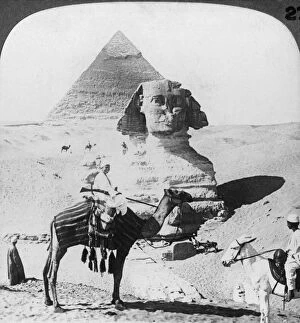James Henry Collection (#3)
James Henry was a man of many talents and interests
For sale as Licensed Images
Choose your image, Select your licence and Download the media
James Henry was a man of many talents and interests. From capturing the beauty of ancient Egyptian temples to painting portraits of famous figures, he had an eye for detail and a passion for art. In 1905, James Henry found himself in Egypt, looking down on the island of Philae and its magnificent temples. The view from above allowed him to appreciate the grandeur and history that surrounded him. Two years later, he turned his attention to another renowned figure - Henry James. With his paintbrush in hand, James Henry skillfully captured the essence of this esteemed author in a portrait that exuded both intelligence and depth. Not one to limit himself to portraiture alone, it also ventured into political realms. In 1933, he depicted Franklin Delano Roosevelt with precision and grace, showcasing the charisma that would define his presidency. But it wasn't just famous faces that fascinated James Henry; landscapes held their own allure as well. In 1908, he created a stunning piece titled "Landscape, " which showcased nature's beauty through vibrant colors and intricate brushstrokes. Throughout his career, James Henry collaborated with other talented artists like Jacques Emile Blanche and Ellen Emmet Rand. Together they brought forth captivating works such as Blanche's portrayal of Henry James or Rand's depiction of Senator and Mrs. James Henry Lane during tumultuous times in American history. London also served as inspiration for this versatile artist. He captured scenes like Cornhill, Lombard Street, King William Street - all bustling with activity - giving viewers a glimpse into daily life in the City back in 1837. The Bank of England stood tall amidst these busy streets; its architectural splendor caught James' eye too. His rendition highlighted its grandeur while hinting at the financial power it held over Londoners' lives during uncertain times (1840?). James didn't shy away from documenting significant historical events either.

